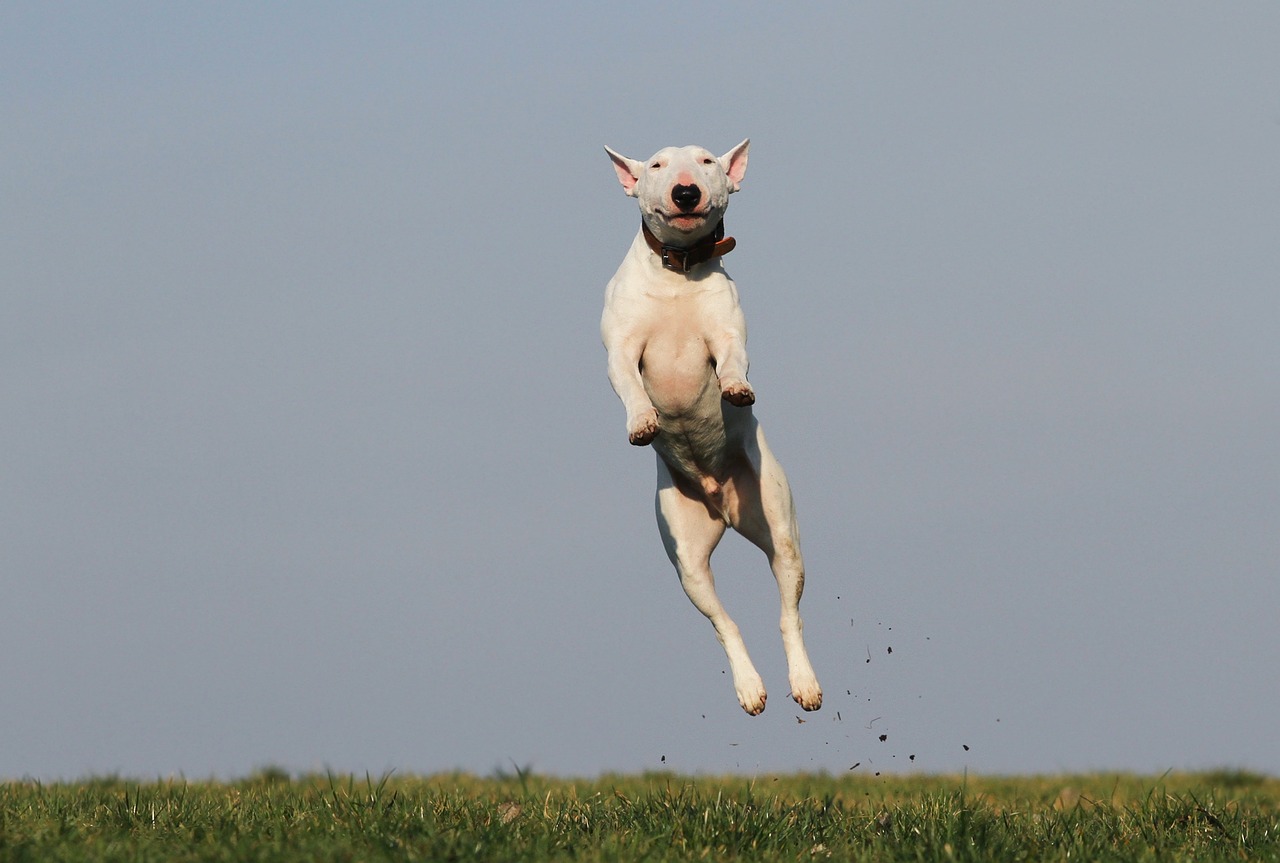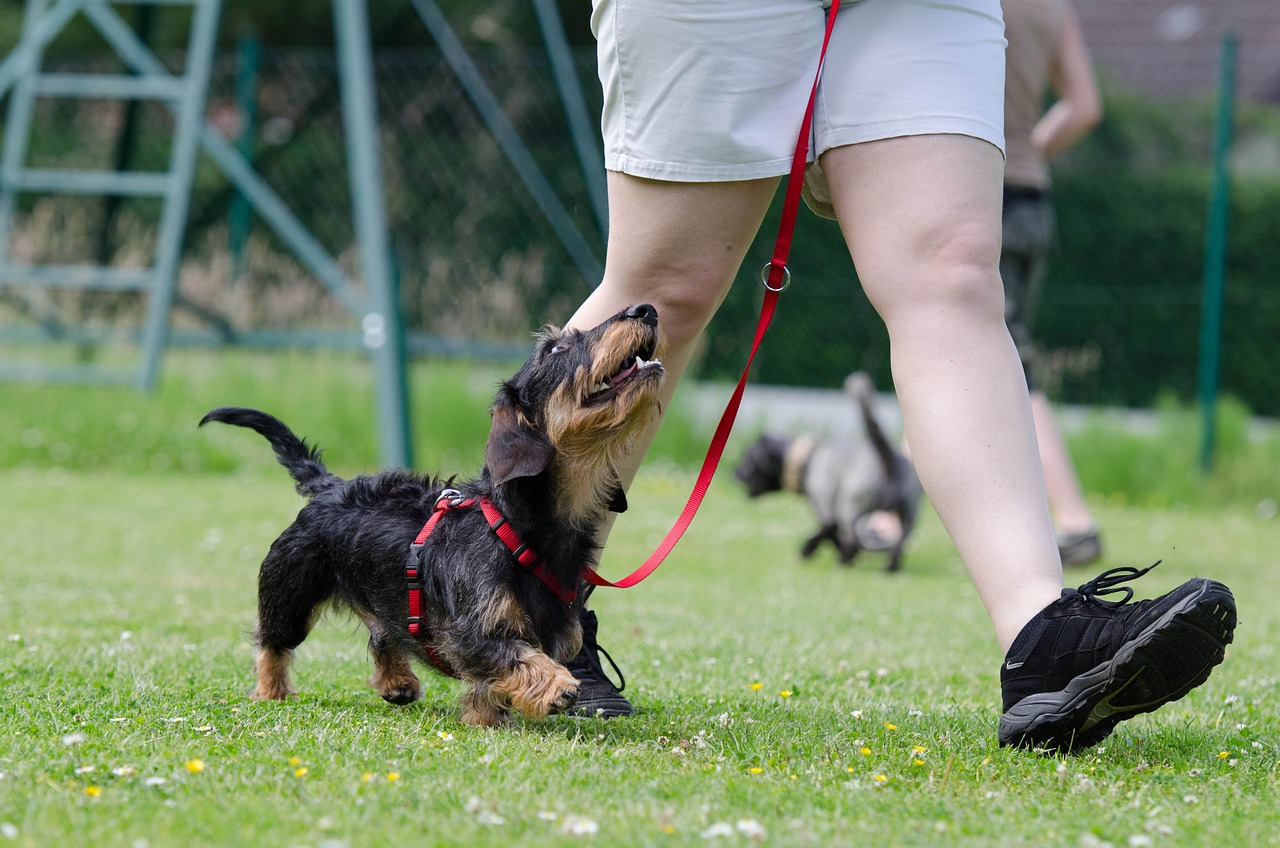Are you struggling to teach your furry friend basic obedience commands? Look no further! In this article, we will explore the various methods for teaching your dog these essential commands. From positive reinforcement to clicker training, we will discuss the pros and cons of each approach, helping you find the best method that suits both you and your canine companion. So, get ready to discover effective techniques that will make training a fun and rewarding experience for both you and your dog.

Positive Reinforcement Training
What is positive reinforcement training?
Positive reinforcement training is a method of teaching dogs basic obedience commands by rewarding them for performing desired behaviors. It focuses on using positive, reward-based techniques rather than punishment or aversive methods. This approach aims to strengthen the bond between the dog and the trainer, as well as promote a positive learning experience for the dog.
How does positive reinforcement training work?
Positive reinforcement training works by associating a reward with the desired behavior. When the dog performs the desired action, such as sitting or staying, it is immediately rewarded with something it finds pleasurable, such as a treat, praise, or play. By consistently rewarding the dog for correct behavior, it learns to associate the behavior with a positive outcome and is motivated to repeat it.
Benefits of positive reinforcement training
Positive reinforcement training has numerous benefits. Firstly, it creates a positive and enjoyable training experience for both the dog and the trainer. It enhances communication between the two and fosters a trusting relationship. Additionally, positive reinforcement methods are effective for dogs of all ages and breeds, as they focus on rewarding desired behaviors rather than punishing unwanted ones. This approach also helps to build the dog’s confidence and encourages them to become an active participant in the learning process.
Steps to teach basic obedience commands using positive reinforcement training
- Choose a cue word or hand signal for the desired behavior, such as “sit” or a raised hand for “stay”.
- Have plenty of small, tasty treats ready as rewards.
- With a treat in your hand, hold it above the dog’s nose and slowly move it up and back.
- As the dog follows the treat with its eyes, its natural response will be to sit down.
- Once the dog sits, immediately say the cue word, such as “sit”, and give the treat while praising them.
- Repeat this process several times, gradually reducing the use of the treat as the dog becomes more familiar with the command.
- Practice the command in different environments and gradually add distractions to ensure the dog’s obedience is consistent in various situations.
Clicker Training
What is clicker training?
Clicker training is a method that uses a small handheld device called a clicker to mark and reinforce desired behaviors in dogs. The clicker emits a distinct sound that serves as a precise marker to signal the exact moment a behavior is performed correctly. This technique allows for quick and clear communication between the trainer and the dog.
How does clicker training work?
Clicker training works by pairing the click sound with a reward, such as a treat or praise. The click is used to pinpoint and “mark” the desired behavior as soon as it occurs. This helps the dog understand which specific action is being rewarded. Over time, the dog learns to associate the click with a positive outcome and strives to repeat the behavior that produced the click.
Benefits of clicker training
Clicker training offers several benefits. Firstly, it provides precise feedback to the dog, making it easier for them to understand which behaviors are desired. The click sound is consistent and does not vary with the trainer’s tone of voice or body language. Additionally, clicker training allows for a high rate of reinforcement, as the click can be delivered promptly even during complex behaviors. It also encourages dogs to think independently and problem-solve, as they learn to offer behaviors in order to elicit the click and subsequent reward.
Steps to teach basic obedience commands using clicker training
- Familiarize the dog with the sound of the clicker by clicking and immediately rewarding with a treat.
- Choose a cue word or hand signal for the desired behavior, such as “down” or a downward hand motion.
- Observe the dog for any natural behavior that resembles the desired command, such as lowering its body towards the ground.
- As soon as the dog starts to perform the desired behavior, click the clicker and immediately reward the dog.
- Repeat this process several times, gradually adding the cue word or hand signal before the behavior to associate it with the click.
- Practice the command in different environments and gradually reduce the frequency of using the clicker, relying more on the cue word or hand signal.

Marker Training
What is marker training?
Marker training, also known as “mark and reward” training, utilizes a specific sound or word as a marker to communicate to the dog that they have performed the desired behavior correctly. This method allows for precise and timely feedback, facilitating effective and efficient training.
How does marker training work?
Marker training works by pairing a distinct sound or word, known as the marker, with a reward. The marker, such as a clicker or a specific word like “yes”, is used to immediately mark the correct behavior as it occurs. This helps the dog understand which behavior is being reinforced. By consistently pairing the marker with a reward, the dog learns to associate the marker with a positive outcome and eagerly performs the behavior that produces the marker.
Benefits of marker training
Marker training offers several benefits. Firstly, it provides clear and consistent feedback to the dog, eliminating any ambiguity in communication. The marker serves as an instantaneous bridge between the behavior and the reward, making the learning process more efficient. Additionally, marker training allows for precise timing, enabling trainers to capture and shape behaviors effectively. This method also stimulates the dog’s problem-solving abilities, as they learn to actively seek out behaviors that produce the marker and subsequent reward.
Steps to teach basic obedience commands using marker training
- Choose a marker, such as a clicker or a verbal word like “yes”.
- Familiarize the dog with the marker by consistently pairing it with a treat or reward.
- Observe the dog for any natural behavior that resembles the desired command, such as sitting.
- As soon as the dog performs the desired behavior, mark it with the chosen marker and immediately reward them.
- Repeat this process several times, gradually adding the cue word or hand signal before the behavior to associate it with the marker and reward.
- Practice the command in various environments and slowly reduce the frequency of using the marker, relying more on the cue word or hand signal for reinforcement.

Total Physical Response Training
What is total physical response training?
Total physical response training is an obedience training method that focuses on using physical and body language cues to teach dogs basic obedience commands. It relies on the dog’s innate ability to understand and respond to physical prompts. This method promotes a strong bond between the dog and the trainer, allowing for clear and effective communication.
How does total physical response training work?
Total physical response training works by using physical prompts and body language cues to guide the dog into performing the desired behavior. For example, a trainer may gently push the dog’s hind end down while saying the command “sit”. The physical prompt helps the dog understand the intended behavior and facilitates learning through a combination of physical and verbal cues. This method relies on gradual shaping, where the trainer builds upon the dog’s natural responses and movements until the desired behavior is achieved.
Benefits of total physical response training
Total physical response training offers several benefits. Firstly, it utilizes a dog’s natural ability to understand and respond to physical prompts, allowing for clear and effective communication. This method can be particularly useful for dogs that may struggle to understand verbal commands alone. Additionally, total physical response training helps to reinforce the bond between the dog and the trainer, as it relies on physical contact and interaction. It also allows trainers to provide immediate feedback and guidance, making the learning process more efficient.
Steps to teach basic obedience commands using total physical response training
- Choose a cue word or hand signal for the desired behavior, such as “down” or a hand signal for “come”.
- Gradually shape the desired behavior by using physical prompts or gentle guiding to guide the dog into performing the behavior.
- Simultaneously say the cue word or give the hand signal while providing the physical prompt.
- Repeat this process several times, gradually reducing the physical prompt and relying more on the verbal cue and hand signal.
- Practice the command in different environments and gradually add distractions to ensure the dog’s obedience is consistent.





